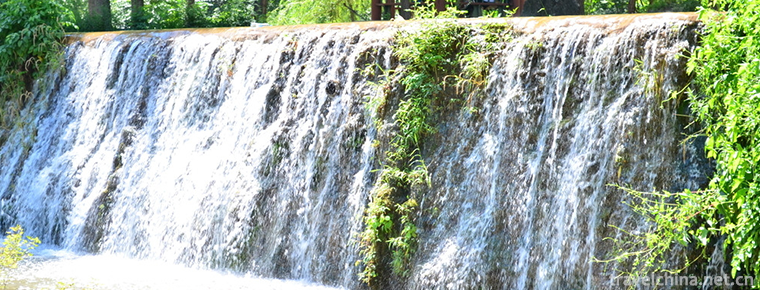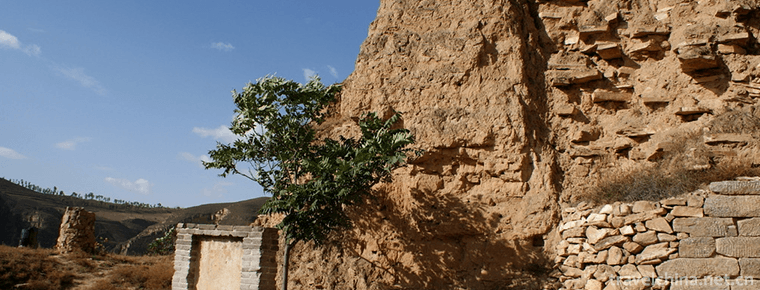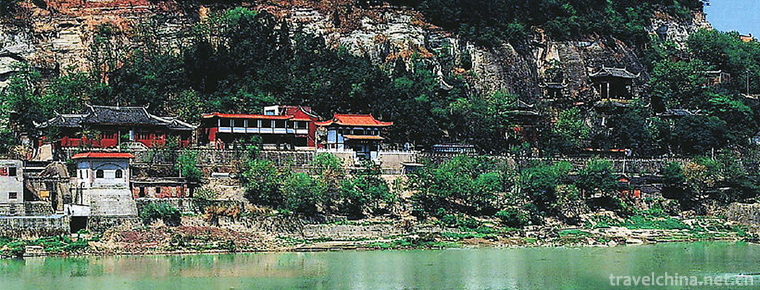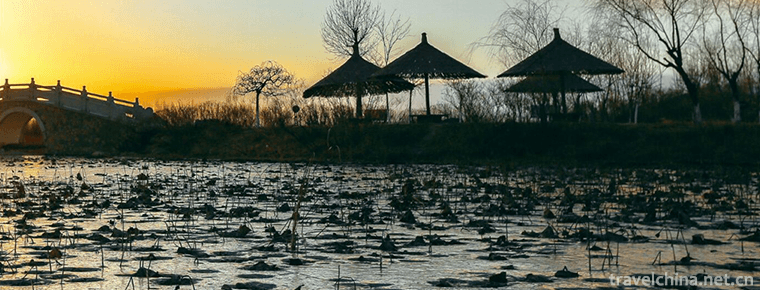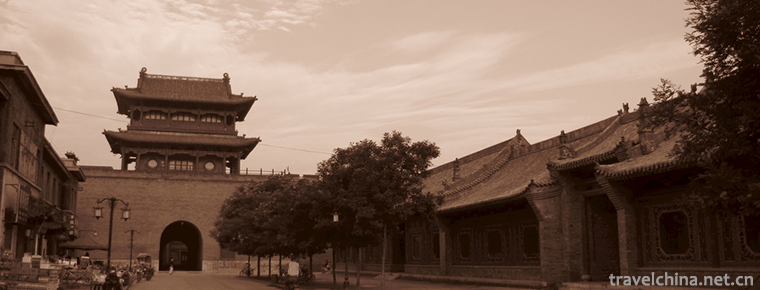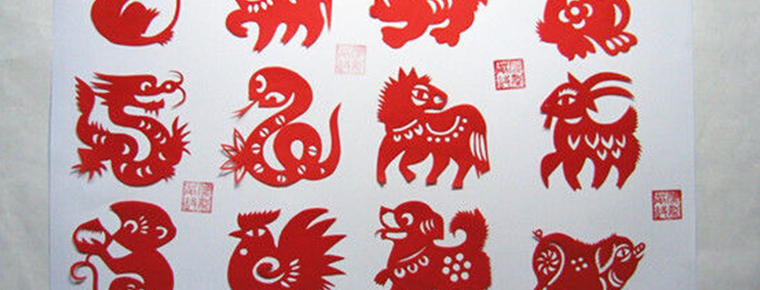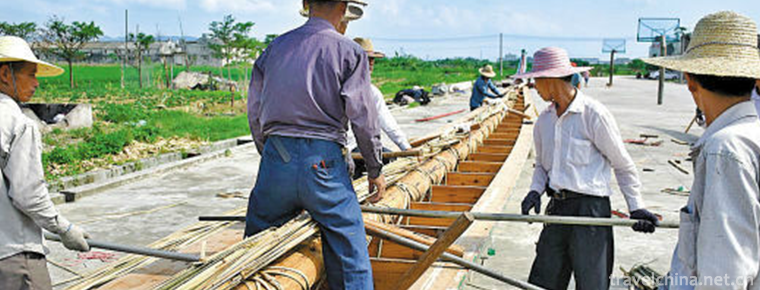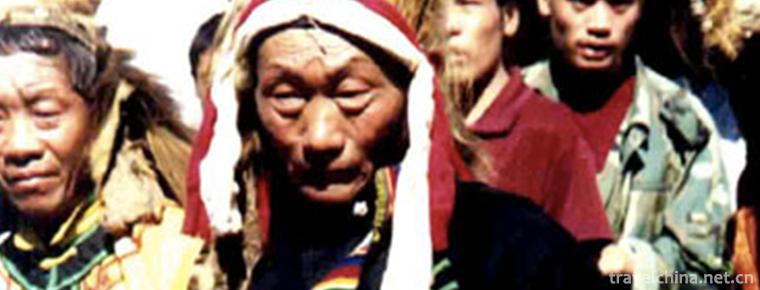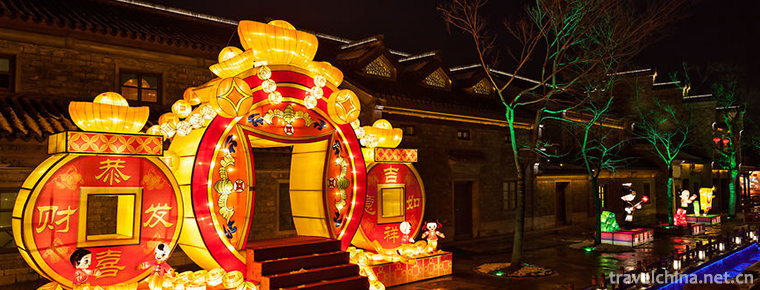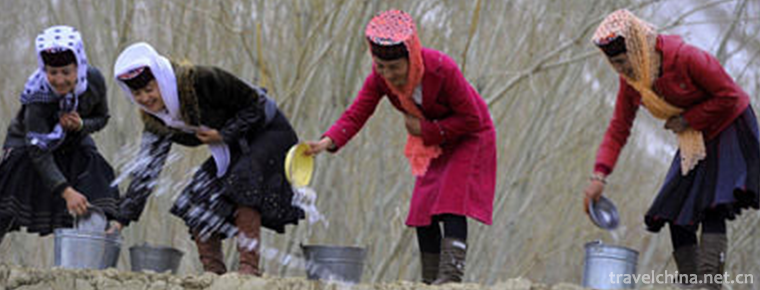Xishuangbanna Mengwan Great Buddhist Temple
Xishuangbanna Mengwan Great Buddhist Temple
Situated in the suburbs of Jinghong City, the prefecture of Xishuangbanna Dai Autonomous Prefecture, Yunnan Province, the Monastery is built according to the national AAAA standard. The Monastery was restored and rebuilt on the site of Jingpiao Buddha Temple, an ancient royal monastery of the Dai Dynasty. Jingpiao Buddha Temple was built by a Dai king named Pulong in memory of Nansha Weibian, the princess of the Dai Dynasty who died of illness. The Princess believed in Buddhism all her life, so every festival the Dai Prince visited the monastery and held a large-scale law meeting to commemorate the princess and promote Buddhism at the same time. According to historical records, "Jingpiao Buddhist Temple" was built in the Ming Dynasty. It is one of the symbolic buildings of Southern Buddhism and an important place for Buddhist activities in Banna. The building was destroyed in the war of 2883 Buddhist calendar (1848 AD, during the reign of Xianfeng in the Qing Dynasty), 169 years ago. The Buddhist temple was rebuilt in 2005. On March 9, the same year, a large-scale land opening ceremony was held. On May 9, 2005, a grand opening ceremony was held to lay the foundation of the hall. During the construction of the hall, a large number of silver coins, silver boxes and Buddhist legal supplies were excavated. When the first phase of the Buddhist Temple project was completed on November 3, 2007, 108 eminent monks at home and abroad were invited to hold a grand ceremony for the opening of Buddhist temples. There were 650,000 Buddhist followers from all nationalities both inside and outside the state participating in the ceremony. Covering an area of 400 mu, the Buddhist temple is built in accordance with the mountains, with a drop of 122.8 meters. It is sitting in the shape of a Buddha, which is unique at home and abroad. With the life of Buddha Sakyamuni and Buddhist temple activities as the main line, the scenic spot integrates ingeniously into the landscape and architectural groups, fully demonstrating the historical and traditional cultural colors of Southern Buddhism. From the front square of Wanfo Pagoda overlooking Jinghong City, you can see the beautiful tropical scenery.
Introduction to Scenic Spots
Xishuangbanna Mengfan Grand Buddhist Temple is located at the end of Highway 1 in Jinghong City Resort, Xishuangbanna, to Nanlian Mountain. It covers an area of 650 Mu and has a construction area of 24,000 square meters, with a total investment of about 200 million yuan. According to the national AAAA level scenic spot standard. The scenic spot is centered on the promotion of "Buddhist culture in the south" and the inheritance of traditional culture by modern means, so as to meet the needs of modern tourists for the ornamental experience of history, Buddhist culture and regional culture.
festival activities
edit
The Monastery was restored and rebuilt on the site of Jingpiao Buddha Temple, an ancient royal monastery of the Dai Dynasty. Jingpiao Buddha Temple was built by a Dai king named Pulong in memory of Nansha Weibian, the princess of the Dai Dynasty who died of illness. The Princess believed in Buddhism all her life, so every festival the Dai Prince visited the monastery and held a large-scale law meeting to commemorate the princess and promote Buddhism at the same time. According to historical records, "Jingpiao Buddhist Temple" was built in the Ming Dynasty. It is one of the symbolic buildings of Southern Buddhism and an important place for Buddhist activities in Banna.
Practical information
Admission ticket
The price of fragrant flower ticket is 120 yuan per ticket, the online booking price is 108 yuan per ticket (excluding the tourist car in the scenic area), the one-way trip of the tourist car is 40 yuan per person, and the round trip is 60 yuan per person; the children under 1.2 meters and 1.4 meters in height are full-time college, middle school and elementary school students with student certificates, and the fragrant flower ticket (80 yuan/ticket) can be courteously offered (except for large-scale legal activities); the height of the fragrant flower ticket is less than 1.2 meters. Children with identity cards, persons over 70 years of age, persons with national disabilities, servicemen, officers and soldiers, and tourist guides and managers in Xishuangbanna are allowed to enter the temple free of charge (except for large-scale legal activities).
Opening Hours
The opening time of scenic spots is 8:00-17:30; the opening time of water splashing activities of "Bathing Buddha" is 14:00 and 16:00, respectively. Peacock flying activities are 5 times a day, 9:30, 11:00, 13:30, 15:00 and 17:00.
Traffic Information
Self-driving
Jinghong City-Galan Middle Road-Xuanxiu Avenue-Daxing Times Square-Mengwan Avenue-Terminus
Take a taxi
The Mongfan Buddhist Temple is 4 kilometers away from Jinghong City. It costs 15 yuan from downtown to Mongfan Buddhist Temple by taxi.






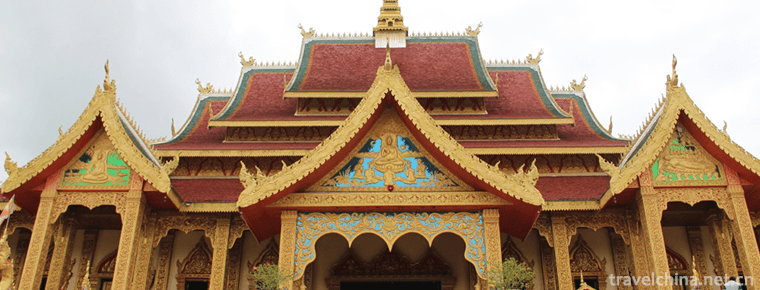
-
Jiuhuangshan Ape King Cave Scenic Area
Jiuhuangshan Ape King Cave Scenic Area, located in Beichuan Qiang Autonomous County of Mianyang, Sichuan Province, is the largest karst cave in southwest China and a famous tourist cave in Western Chi.
Views: 128 Time 2018-12-22 -
Huhu Water Eco Scenic Spot
Located in the southwestern edge of Pingshan County, Hebei Province, the old revolutionary area, the Biaoshui Eco-Scenic Spot has a tourist area of 11.5 square kilometers, an altitude of 800-1100 mete.
Views: 218 Time 2019-01-12 -
Hohhot Laoniuwan Tourist Area
Laoniu Bay is located at the entrance of Shanxi-Shaanxi Grand Canyon. This is the Great Wall, the only typical parallel section of the Yellow River. The widest part of the river is not more than 100 m.
Views: 159 Time 2019-01-16 -
Huangze Temple
Huangze Temple is the only sacrificial temple for Empress Wu Zetian in China. It is located on the West Jialing River in Guangyuan City, Sichuan Province. In 1961, it was announced .
Views: 148 Time 2019-01-18 -
Mingcui Lake National Wetland Park
Yinchuan Mingcuihu National Wetland Park is located in Zhangzheng Town, Xingqing District, Yinchuan City, Ningxia. It is 9 kilometers away from Yinchuan City and 3 kilometers .
Views: 170 Time 2019-02-07 -
Pingyao Ancient City Scenic Spot
Pingyao Ancient City is located in Pingyao County, central Shanxi Province. It was founded in Xuanwang Period of Western Zhou Dynasty (827-782 BC)..
Views: 144 Time 2019-02-07 -
Traditional fine arts
China's traditional art heritage is extremely rich and brilliant. Traditional art painting, calligraphy, music, dance, opera, gardens, architecture, sculpture, arts and crafts, traditional cuisine and.
Views: 116 Time 2019-04-19 -
Dragon Boat Making Skills
Dragon boat craftsmanship is an ancient traditional handicraft. Zhongtang Town, Dongguan City, Guangdong Province, has a history of more than 1000 years. Zhongtang Town is a typical water town, locate.
Views: 171 Time 2019-05-15 -
Qiangge war
The Battle of the Qiang is the most famous one among the folk epics of the Qiang people. It describes the history of the ancestors of the Qiang people who had experienced hardships and hardships.
Views: 164 Time 2019-06-10 -
Qinhuai Lantern Festival
Qinhuai Lantern Festival, also known as Jinling Lantern Festival and Confucius Temple Lantern Festival, is a popular folk cultural activity in Nanjing. It is mainly held from Spring Festival to Lanter.
Views: 148 Time 2019-06-10 -
Tajik Water Diversion Festival and Seeding Festival
In Tashkurgan Tajik Autonomous County of Xinjiang, Tajik Water Diversion Festival and Seeding Festival are Tajik agricultural festivals. In Tajik, the sowing Festival is called "Hamozivast" .
Views: 225 Time 2019-06-17 -
Leshan medical and health
By the end of 2018, Leshan City had 3259 health institutions (including village clinics). Among them, there are 102 hospitals, 207 health centers, 12 maternal and child health centers (stations, stations), 12 centers for Disease Control and prevention, 12 health .
Views: 329 Time 2020-12-17

